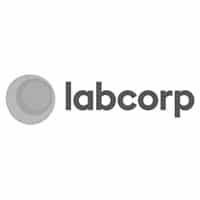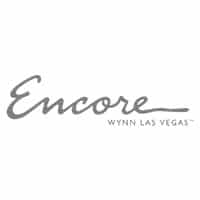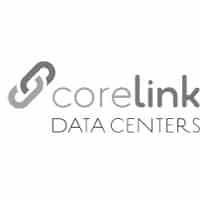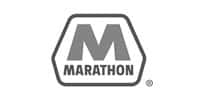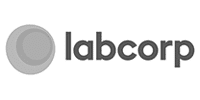 Data center power consumption is evolving all the time, becoming more efficient but, generally, growing. While many data centers are making green initiatives and finding ways to make their energy usage as efficient as possible, data demands are constantly growing, rack density is being increased and the need for effective cooling growing along with it. There are many approaches to data center cooling and even single data centers are implementing a variety of approaches to best cool their data center. Large data centers from companies like Yahoo or Apple are setting the trend in green data center cooling initiatives and small data centers are not only taking note but are also implementing those trends in their own data centers. Below are 5 exciting trends in data center cooling.
Data center power consumption is evolving all the time, becoming more efficient but, generally, growing. While many data centers are making green initiatives and finding ways to make their energy usage as efficient as possible, data demands are constantly growing, rack density is being increased and the need for effective cooling growing along with it. There are many approaches to data center cooling and even single data centers are implementing a variety of approaches to best cool their data center. Large data centers from companies like Yahoo or Apple are setting the trend in green data center cooling initiatives and small data centers are not only taking note but are also implementing those trends in their own data centers. Below are 5 exciting trends in data center cooling.
- Liquid Cooling
- Using liquid to cool, instead of air, is a great way to cool higher density racks and can be used in a variety of ways in the data center. TechTarget elaborates on the use of liquid cooling in data centers, “Now, new technologies can put 250 kW in a single rack, using liquid immersion cooling to play an important role for certain systems, such as high-performance computing, Cecci said. The pluses of liquid cooling include the ability to deploy it in specific areas — by row and rack — and it is very quiet and reliable, with few moving parts. Despite its benefits, liquid cooling is not in many data centers today, he said. “Most of these technologies — we will see them in the next two to three years,” Cecci said.”
- CRAC
- CRAC (computer room air conditioner) cooling systems has been used for a considerable amount of time in data centers. While they may be the old standard, CRAC has continued to evolve over time with new strategies to be an effective form of cooling in data centers, which TechTarget explains, “The easiest way to save money is to reduce the number of running CRAC units. If half the amount of cooling is required, turning off half the CRAC units will give a direct saving in energy costs — and in maintenance costs. Using variable-speed instead of fixed-speed CRAC units is another way to accomplish this, where the units run only at the speed required to maintain the desired temperature. The units run at their most effective levels only when they run at 100%, and some variable speed systems don’t run at a fully optimized rate when operating at partial load. Running standard, fixed-rate CRAC units in such a way as to build up “thermal inertia” can be cost- effective. Here, the data center is cooled considerably below the target temperature by running the units, and then they are turned off. The data center then is allowed to warm up until it reaches a defined point, and the CRAC units are turned back on.”
- Bypass Air
- Bypass air is any air that is conditioned that does not pass through IT equipment before returning to the cooling unit. In essence, it is a waste of cooled air which has led many data centers to make efforts to reduce the problem. Data Center Dynamics explains the problem and how data centers are fixing it to improve data center cooling, “The velocity of the cool air stream exceeds the ability of the server fans to draw in the cool air; as a result the cool air shoots beyond the face of the IT rack. Cool supply air can join the return air stream before passing through servers, weakening cooling efficiency. Eager to combat the inefficiencies above and keep pace with steadily climbing data center temperatures, businesses often adopt hot aisle/cold aisle rack orientation arrangements, in which only hot air exhausts and cool air intakes face each other in a given row of server racks. Such configurations generate convection currents that produce improved airflow. Although superior to chaos air distribution, hot aisle/cold aisle strategies have proven only marginally more capable of cooling today’s increasingly dense data centers, largely because both approaches ultimately share a common, fatal flaw: They allow air to move freely throughout the data center. This flaw eventually led to the introduction of containment cooling strategies. Designed to organize and control air streams, containment solutions enclose server racks in sealed structures that capture hot exhaust air, vent it to the CRAC units and then deliver chilled air directly to the server equipment’s air intakes.”


